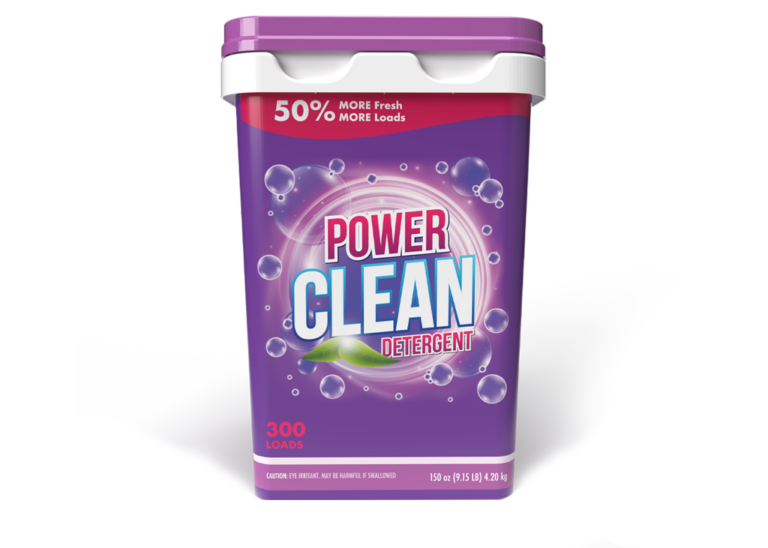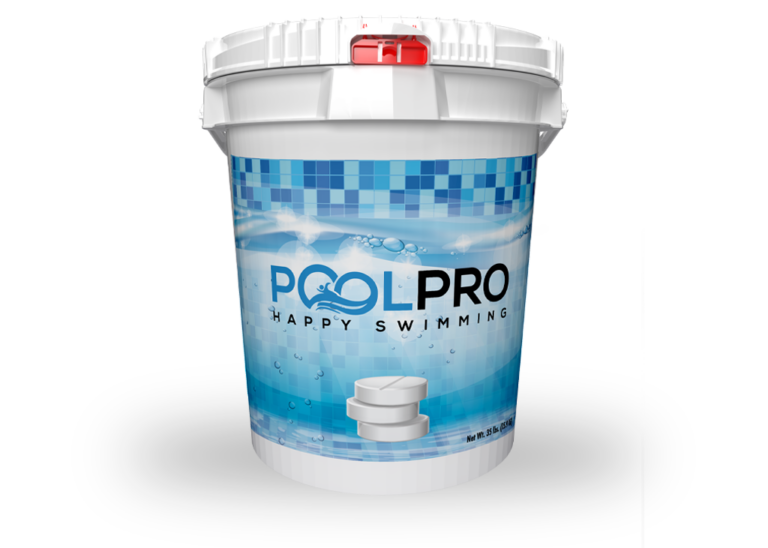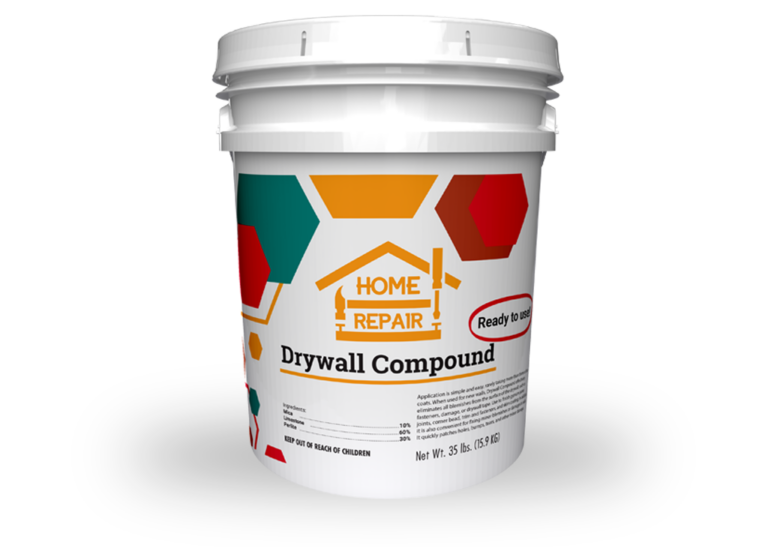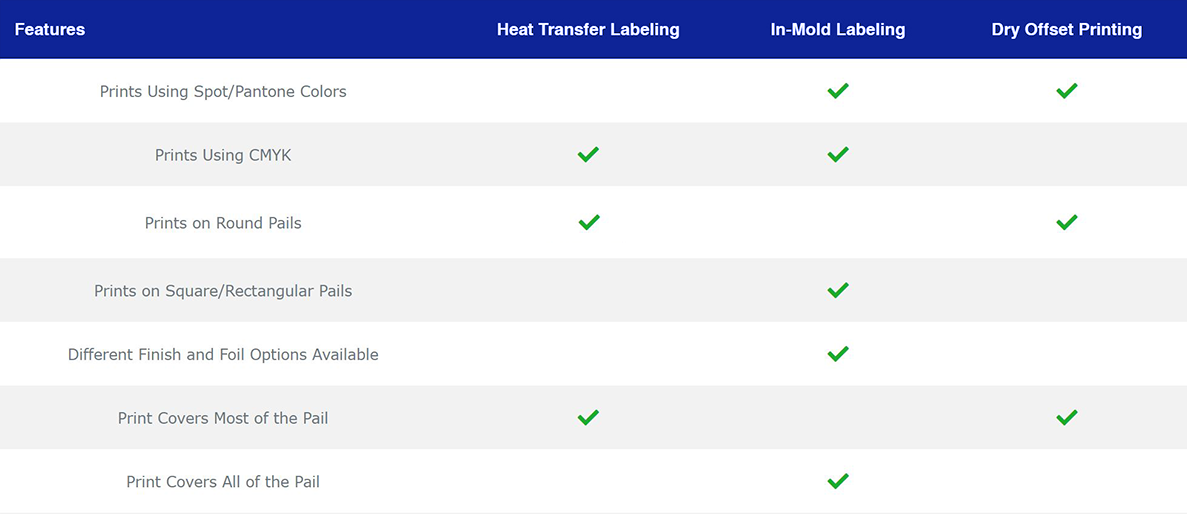
In-Mold Labeling
In-molding labeling (IML) is a process of decorating plastic pails by integrating a label directly into the mold cavity during the injection molding process.
During this process, a pre-printed plastic label is placed into the mold cavity before the molten plastic is injected. The label then fuses with the plastic material as it cools and solidifies, creating a permanent and durable label that is seamlessly integrated into the surface of the plastic pail.
In-mold labeling offers several advantages over traditional labeling methods, such as heat transfer or offset printing. The label is an integral part of the product, which means it cannot be removed or scratched off, and it is resistant to fading, peeling, and other forms of wear and tear. Additionally, IML labels provide a high-quality finish and can include intricate designs, high-resolution images, and multiple colors, which can help enhance the visual appeal of the plastic pail.
IML is commonly used in industries such as food and beverage, cosmetics, and household products, where the appearance of the packaging is important for marketing purposes. It is also considered an eco-friendly labeling method as it eliminates the need for additional labeling materials, provides full coverage marketing real estate, is recyclable and reduces waste.
M&M currently has the capability to produce IML pails that are rectangular or square in shape.
Have a question?
Other Print Methods

Heat Transfer Labeling
Heat transfer label printing on plastic pails is a process of transferring designs, logos, or other graphics onto the surface of plastic pails using heat and pressure.

Dry Offset Printing
Dry offset printing is a popular method of printing on plastic pails and other cylindrical or conical-shaped objects. Produces high-quality images with accurate colors and fine details.


